
By BR Amelia
It's not escaped our attention that 2017 has been the year of the clay. Everywhere we look we're seeing products featuring clay being released onto the market - and not just the same ol', same ol' face mask that you slap on, let harden, then wipe off. There have been clay-based hair ranges like the L'Oreal Paris Elvive Extraordinary Clay line, and more recently the L'Oreal Paris Pure Clay range of cleansers and masks. In fact we think it's fair to say that this year L'Oreal has been the champion of all things clay - and we love them for it!
Clays are known for their ability to detoxify and purify the skin, but are all clays the same? Can different clays do different things? Read on!

One of the three clays used in the L'Oreal Paris Pure Clay range and the L'Oreal Paris Elvive Extraordinary Clay hair mask is Montmorillonite, which is known for its ability to draw out impurities from the skin. Bentonite clay is often mentioned interchangeably with Montomorillonite (and let's not talk about the google rabbit hole I fell down trying to figure out what the deal was on that... but if you're interested and want to get a little geeky with me check out this article). It too works by drawing out impurities and excess sebum, which is why it's often used by those who are acne-prone and/or oily skin. It's also said to have healing properites. That being said it's probably best for those with sensitive skin to patch-test before using any bentonite-based clays, as it's a clay that packs a punch.
If you do find yourself with a case of the sensitive or dry skin but would like to incorporate a clay into your regime then it may pay to take a look at kaolin clay. Kaolin clay is seen in green, yellow, red, white, and pink form, and can be used by those with an acne-prone sensitive skin type. But if you're looking for a kaolin clay that's even more gentle then the white or yellow kaolin clay could be for you.
Ghassoul clay (also sometimes called Rhassoul clay or Moroccan Red Clay) is a rock star when it comes to absorbing impurities and oils. Bonus! It helps remove dead skin cells, while stimulating circulation, therefore promoting fresher, more radiant looking skin.
French Green Clay is part of the Illite clay family and is known for its ability to products skin that feels firmer, all the while increasing circulation, gently exfoliation and removing impurities. Again, like Bentonite, it's best for those with dry or sensitive skin to avoid it, and those with oily skin shouldn't go too crazy with it. Start by using it once a week and go from there.

If reducing oil on your scalp or skin, dealing to blackheads and warding off acne is your aim, then it's well worth investigating and investing in a good clay. (Fun BR fact... BR Kellie has been using the L'Oreal Pure Clay Detoxifying Gel Wash on her back and chest and says it's working wonders!) Of course (as mentioned above) when trying any new variety of skincare, we do urge that you do a patch test first before smothering your face in goodness.


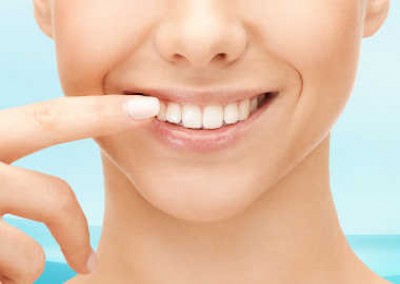
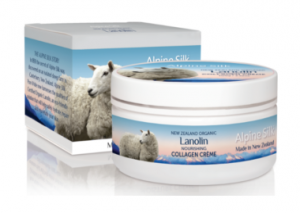

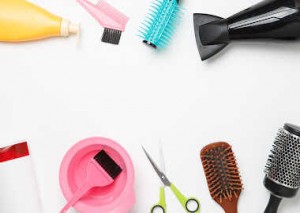

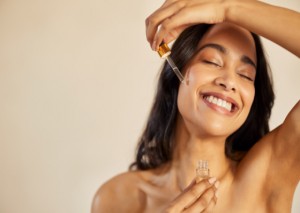
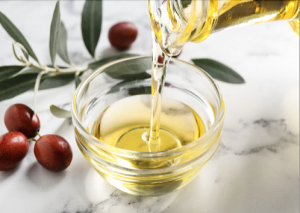
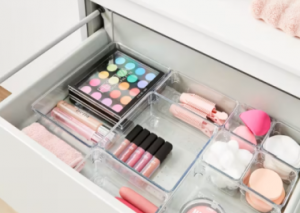
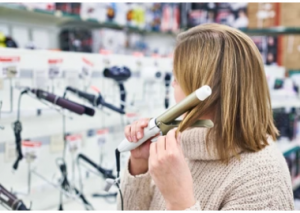

I use the red clay from L’Oreal Pure Clay Range and love, love, love it! I have normal, mature skin prone to blemishes around chin area. Since using clay (Sunday night ritual) my skin is noticeably smoother, softer and blemish free. I can’t recommend it enough!